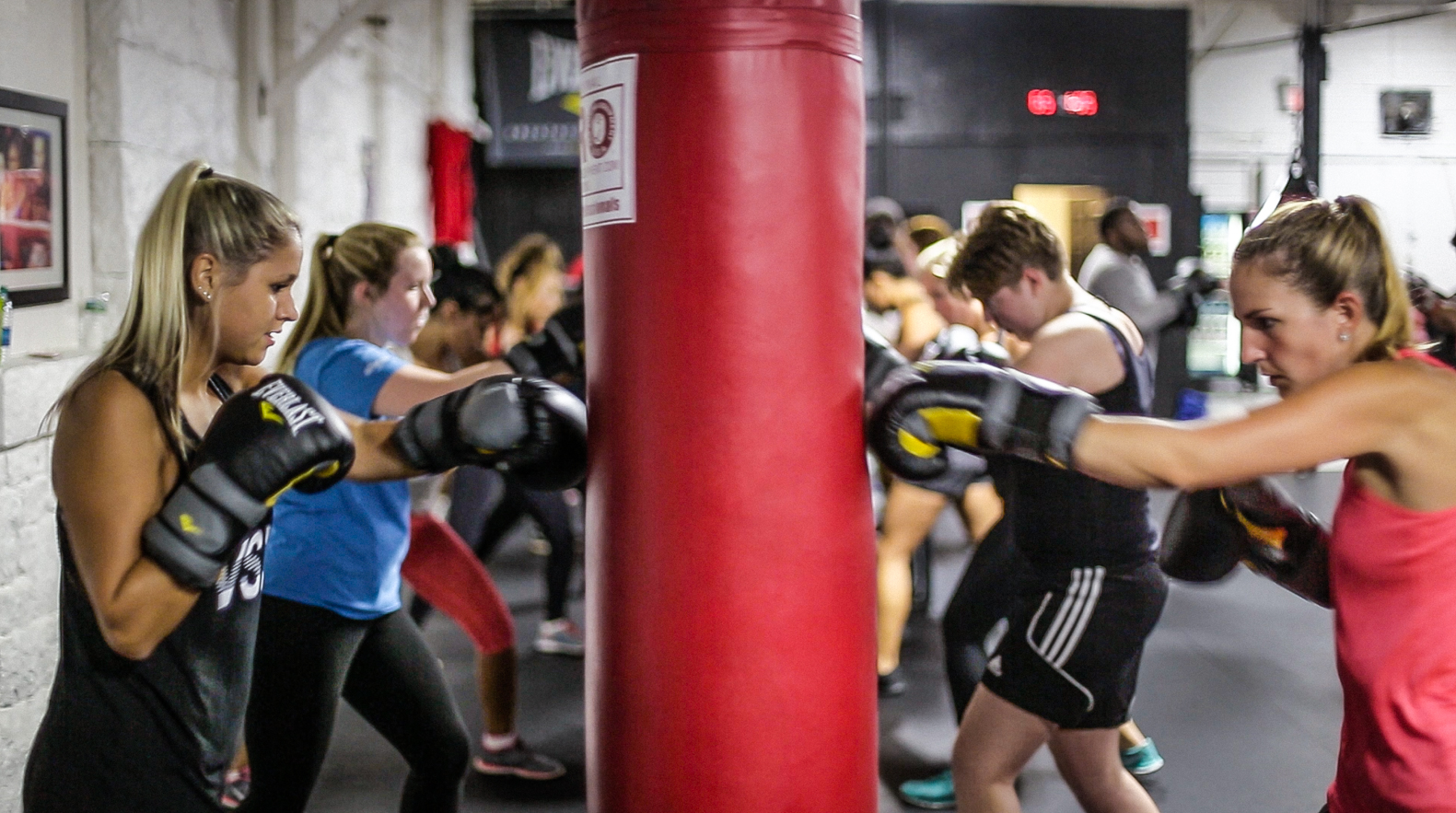Boxing, as one of the oldest and most revered sports in the world, has consistently evolved in both technique and structure. One of the most interesting aspects of this evolution is the transformation of boxing gyms into modern Togelin boxing centers—places that are not just training facilities but community hubs. These centers now serve as vital spaces for personal growth, health, and social change, helping to redefine the role of boxing in our society.
The Birth of Boxing Gyms
In the early days of boxing, gyms were simple training rooms, often in makeshift locations, where fighters honed their skills. They were designed to prepare athletes for professional bouts, focusing primarily on physical conditioning, technique, and sparring. The concept of a boxing gym was utilitarian, with little emphasis on anything beyond preparing athletes for competition.
However, over the years, the role of these spaces has significantly shifted. As the sport grew in popularity and became more organized, boxing gyms evolved into full-fledged boxing centers, broadening their focus beyond elite athletes to serve the general public. This shift represents a transformation from a space solely for champions to a community-driven institution.
The Rise of Boxing Centers
A boxing center today is a multi-dimensional facility. It is not just a place to train for competitive boxing but also a center for fitness, wellness, and social interaction. These centers provide state-of-the-art training equipment, professional coaching, and structured fitness programs, but they also offer much more to a diverse range of people.
- Fitness for All
One of the primary factors in the rise of boxing centers is the growing interest in boxing as a fitness tool. Boxing workouts, known for their intense cardiovascular and strength-building benefits, have been adopted by people of all ages and fitness levels. Many boxing centers now offer fitness classes like cardio boxing, boxing boot camps, and personal training sessions, catering to those looking to lose weight, build muscle, or just stay active. - Youth Development and Mentorship
Boxing centers are also pivotal in fostering youth development. Many boxing centers offer programs for young people that go beyond just learning the sport. They teach discipline, focus, and resilience, values that can help shape a child’s life. Coaches often double as mentors, providing guidance and support to help young boxers navigate both the ring and the challenges of everyday life. In some communities, boxing centers become safe havens for at-risk youth, offering them a sense of belonging and purpose. - Cultural and Social Hubs
Beyond fitness and training, boxing centers increasingly serve as cultural and social hubs. Many centers host community events, boxing tournaments, or even charity fundraisers. The atmosphere in a boxing center often fosters camaraderie and mutual support. Whether it’s cheering for a local fighter or attending a fitness event, people gather not just for training but for the shared experience of being part of a boxing community. - Inclusive and Diverse Spaces
Another notable evolution is the inclusivity of boxing centers. The traditional image of boxing as a male-dominated sport is rapidly changing, with boxing centers welcoming people of all genders, backgrounds, and abilities. This shift is seen in the increasing number of female boxers and trainers, as well as the growing popularity of boxing among older adults looking for a unique and effective way to stay fit. Boxing centers are no longer just for competitive athletes but for anyone seeking a way to improve their health, learn self-defense, or engage in an empowering activity. - Technology and Innovation
In the digital age, boxing centers are leveraging technology to enhance the training experience. From virtual coaching sessions to high-tech fitness tracking equipment, modern boxing centers embrace innovation to improve performance and engagement. Virtual reality and augmented reality applications are being introduced to simulate sparring and training drills, giving boxers the opportunity to practice their skills in a controlled, immersive environment. Additionally, many centers use advanced performance analytics to track a boxer’s progress and offer personalized training plans.
